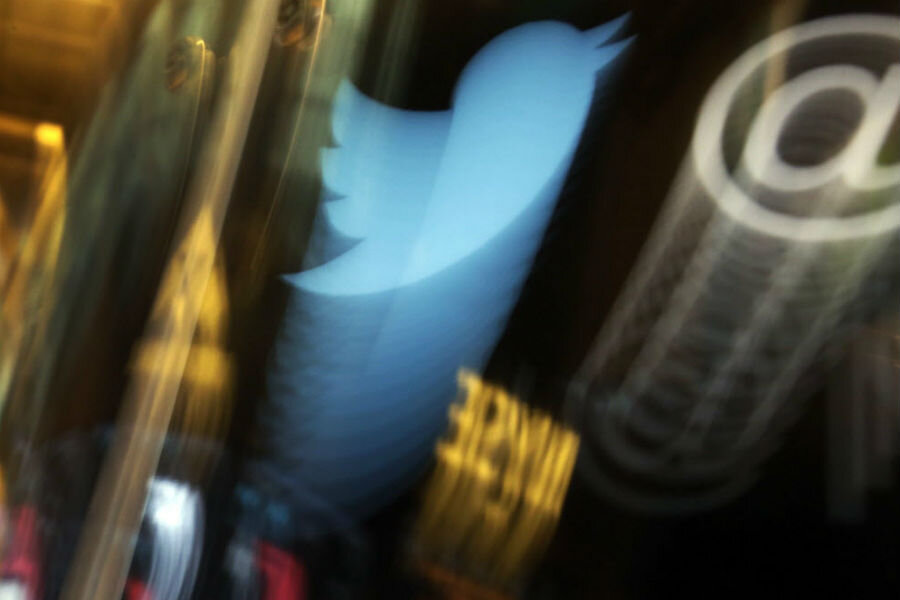What will Magic Pony Technology do for Twitter?
Loading...
On Monday, Twitter announced the acquisition of an 18-month-old, machine-learning startup with a name befitting its youth: Magic Pony Technology.
The British-based startup has developed technology to boost video and photo quality through machine learning – the science of getting computers to act by responding to new data, without being explicitly programmed.
Twitter co-founder and chief executive officer Jack Dorsey billed the move to acquire Magic Pony as an investment to support Twitter's efforts to expand its live and streaming video services. Right now, Twitter uses machine learning to curate content in order to expose users to information that would most interest them.
"Machine learning is increasingly at the core of everything we build at Twitter," said Mr. Dorsey in a press release. "Magic Pony's machine learning technology will help us build strength into our deep learning teams with world-class talent, so Twitter can continue to be the best place to see what's happening and why it matters, first."
The next application for machine learning, as Twitter seeks to immediately and intimately connect users to global events, is video.
Twitter acquired the live video streaming app Periscope before its 2015 launch. Periscope's designers "wanted to build the closest thing to teleportation," according to their website, which means in practical terms that users can watch live video from the camera of any smartphone in the world also connected to the app.
Both the uploader and the viewer are often on their smartphones, relying on inconsistent cellphone data networks, which could lead to freezing, low quality videos.
That's where Magic Pony comes in. Twitter purchased the startup for $150 million, according to Techcrunch, and will make its London offices the European base for Twitter's team of machine learning developers.
The startup has developed algorithms that enable computers to clean up pixelated videos and photos, generating high-quality visualizations. The program recognizes statistical patterns in high-resolution and low-resolution versions of comparable images, allowing it to fill in details on the low-resolution copy.
Rob Bishop, a cofounder of Magic Pony, told MIT Technology Review that the technology could improve the quality of images captured on low-resolution cameras or in poor lighting. Going forward, possibilities for the technology include generating miles of realistic-looking terrain from a sample of a virtual-reality environment, he said.
In the upcoming year, Twitter will be streaming 10 Thursday night football games in the National Football League's 2016 season. The company is also exploring future possibilities to stream other professional sports and political and entertainment events, as part of its push toward video.
The number of monthly active Twitter users plateaued at just over 300 million throughout 2015 and the first quarter in 2016, as the social network has struggled to attract users beyond journalists, celebrities, and politicians. Twitter is betting on high-quality live videos as the key to attracting a wider cross-section of society to the Twittersphere.






